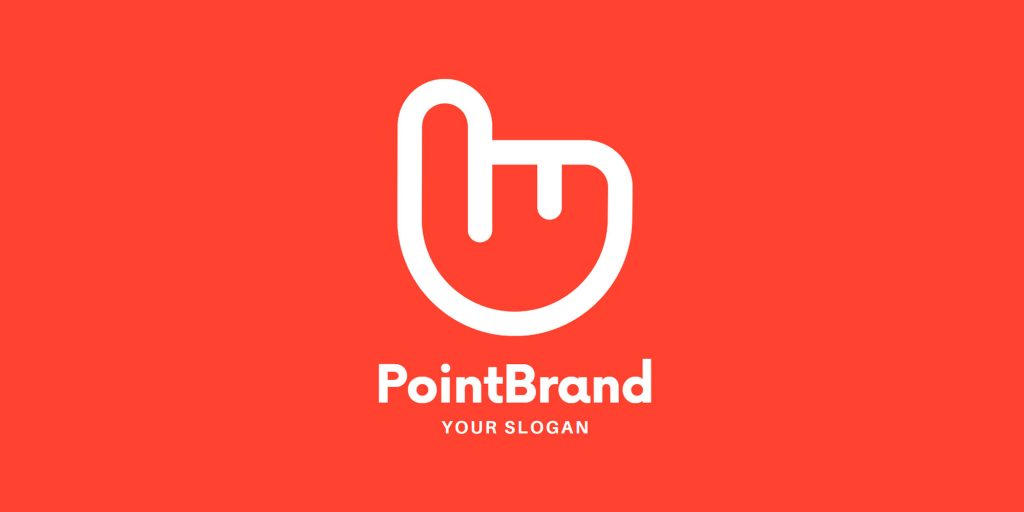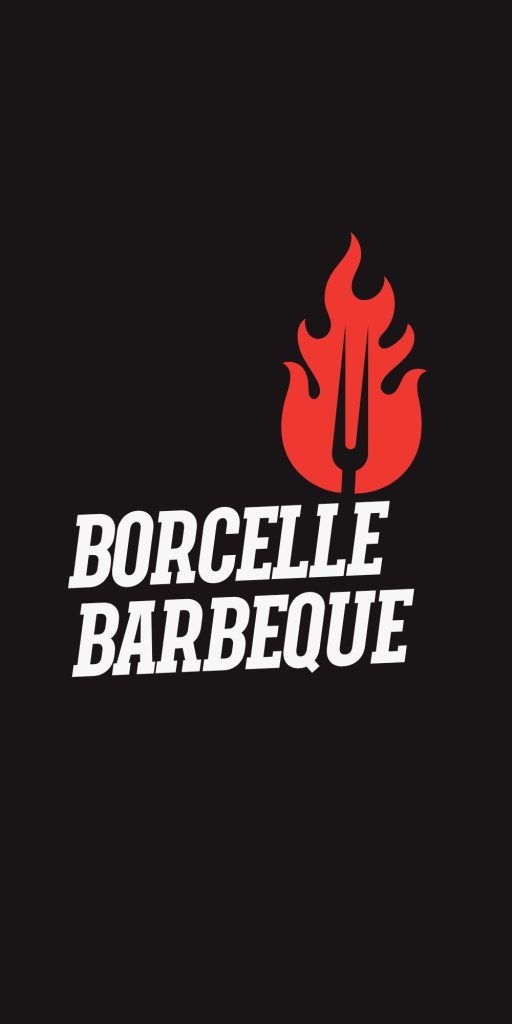What is a logo?

What is a logo?
In today's visually driven world, the logos have become the face of trademarks, a symbol that encapsulates everything a company stands for. But have you ever wondered what goes into creating one? logo and how it contributes to ID card of a brand? Look no further. This ultimate guide will you travel in the world of logos, from design to brand identity.
What is a logo? – The importance of logos in brand identity
One logo they are much more than just an image. It acts as a visual representation of a brand's identity, values and mission. It is the first point of contact between a brand and its audience, making it a critical element in building brand recognition and establishing a strong market presence.
The logos they help create a sense of familiarity and trust between consumers. When people see a well-designed and memorable logo, they are more likely to associate it with positive experiences they've had with the brand. This familiarity can lead to increased brand loyalty and repeat business.
Additionally, logos serve as a visual cue that helps consumers quickly identify and differentiate a brand from its competitors. A well-crafted logo can convey a brand's unique selling proposition and create an emotional connection with its target audience.
It acts as visual shorthand for the brand's values, personality and promise, making it a powerful tool in shaping consumer perception.
What is a logo? – The elements of a logo design
One logo consists of several key elements that work together to create a cohesive and impressive design. These elements include shape, color, typography and iconography.
The shape of one logo it can communicate certain messages and evoke certain emotions. For example, a circular shape can represent unity, wholeness and balance, while a square shape can convey stability and reliability. The choice of format should be aligned with brand values and target audience.
The colour it plays a vital role in logo design as it has the power to evoke specific feelings and associations. Different colors have different psychological effects on people.
For example, blue is often associated with trust, reliability and professionalism, while red is often associated with passion, energy and excitement. The choice of colors should be carefully considered to evoke the desired emotional response from the target audience.
Typography in logo design involves choosing the right fonts and arranging them in a visually appealing and meaningful way.
Fonts can carry different moods and personalities, ranging from elegant and sophisticated to bold and playful. Typography should align with brand identity and be legible on different platforms and sizes.
Iconography refers to the use of symbols or graphics in a logo design. Icons can be literal representations of the brand's products or services, or they can be abstract symbols that represent the brand's values or attributes. The use of icons should be relevant to the brand and contribute to the overall message of the logo.
What is a logo? – Logo design process: from concept to execution
What is a logo? – Colors and typography in logo design
What is a logo? – Logo design trends to consider
What is a logo? – How to choose the right logo for your brand
What is a logo? – Logo usage and Guidelines for consistency
Once you've designed your logo, it's important to establish guidelines for its use to maintain consistency across all brand touchpoints. Consistency is vital to building brand recognition and trust among consumers.
A key aspect of logo usage is establishing a clear set of rules for size, placement and proportion. Your logo should have a minimum size requirement to ensure legibility and guidelines on where it should be placed on different marketing materials such as websites, business cards and packaging.
Color is another important element. Your logo should work in both color and black and white. It is important to define a master color palette and provide guidelines on how to use it consistently in different applications.
Typography is often overlooked when it comes to logo guidelines. However, the typeface used in the logo should be defined and guidelines should be defined on how to match it with other fonts. This ensures that all visual elements of your brand are cohesive and reinforce your brand identity.
By establishing usage guidelines, you can ensure that your logo is represented consistently across different platforms, enhancing brand recognition and creating a cohesive brand experience for your audience.
The psychology of logos: How they affect consumer perception
Logos have a profound impact on consumer perception and behavior. Understanding the psychology behind logos can help you create a design that resonates with your target audience and elicits the desired response.
Colors play an important role in the psychology of the logo. Different colors evoke different feelings and associations. For example, red is often associated with energy and excitement, while blue with trust and reliability.
Choosing the right color for your logo can help you convey the desired message and create a positive perception of your brand.
Shapes and symbols also have psychological effects. Curved shapes are often associated with comfort and accessibility, while angular shapes convey strength and stability. Symbols can evoke cultural or emotional associations, allowing your logo to communicate on a deeper level.
Another aspect of logo psychology is the power of familiarity. People are naturally drawn to the familiar, so a logo that incorporates familiar elements or references can create a sense of trust and comfort. This is why many successful logos incorporate simple shapes or symbols that are easily recognizable.
In conclusion, understanding the psychology behind logos allows you to make informed design decisions that resonate with your audience and influence consumer perception in a positive way.
By leveraging color, shape and familiarity, you can create a logo that captures the essence of your brand and connects with your target market.
What is a logo? – The power of a well-designed logo in building a strong brand identity
A well-designed logo is more than just a visual representation of a brand. It is a powerful tool that communicates the brand's values, personality and offerings.
A logo that is consistent, simple and strategically designed can leave a lasting impression on consumers and help develop a strong brand identity.
When choosing a logo for your brand, consider the message you want to convey and the emotions you want to evoke.
Keep the design simple and flexible, making sure it works in different media and scales. Establish guidelines for logo usage to maintain consistency and enhance brand recognition.
Understanding the psychology behind logos is also critical. Colors, shapes and familiar elements play a role in shaping consumer perception. By leveraging these psychological principles, you can create a logo that resonates with your target audience and builds trust and credibility.
In conclusion, the journey of logo design and brand identity is both an art and a science. It requires careful consideration, creativity and an understanding of your target market.
By following the principles outlined in this ultimate guide, you can create a logo that not only represents your brand but also helps it succeed in the competitive market.



Interest Form